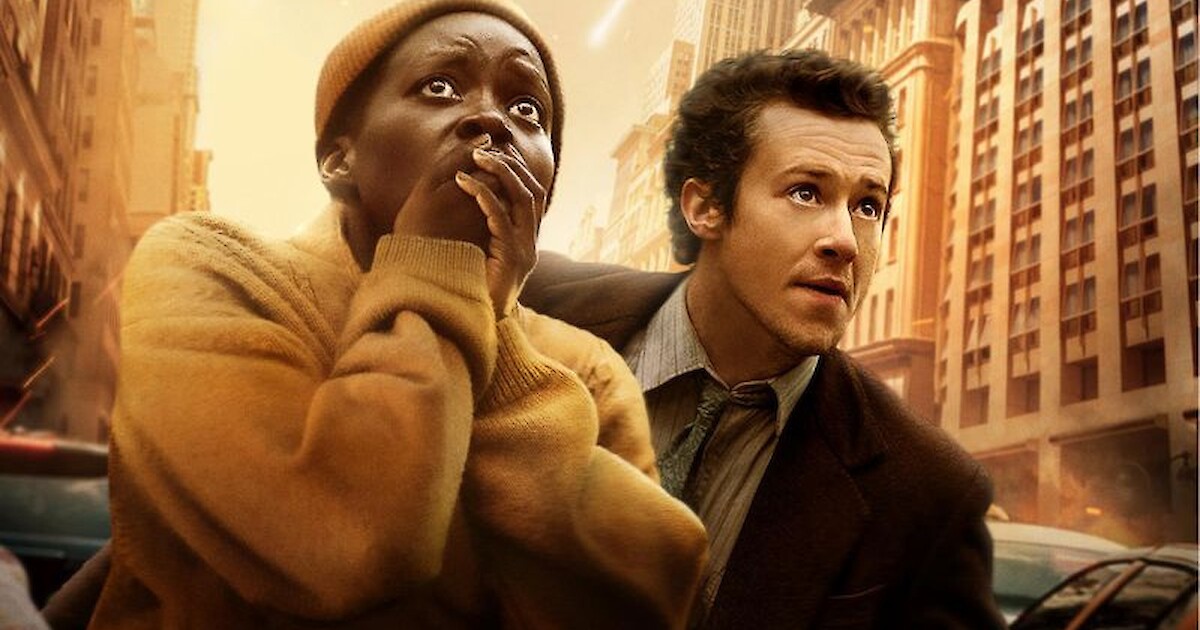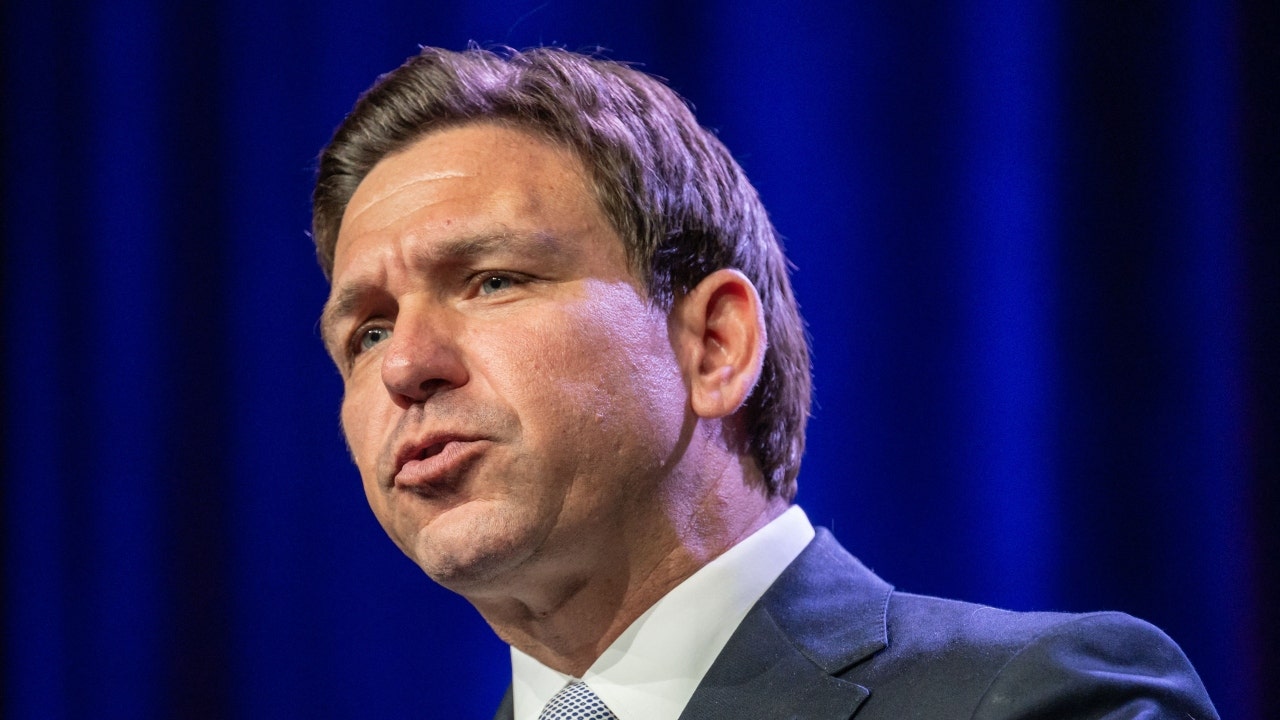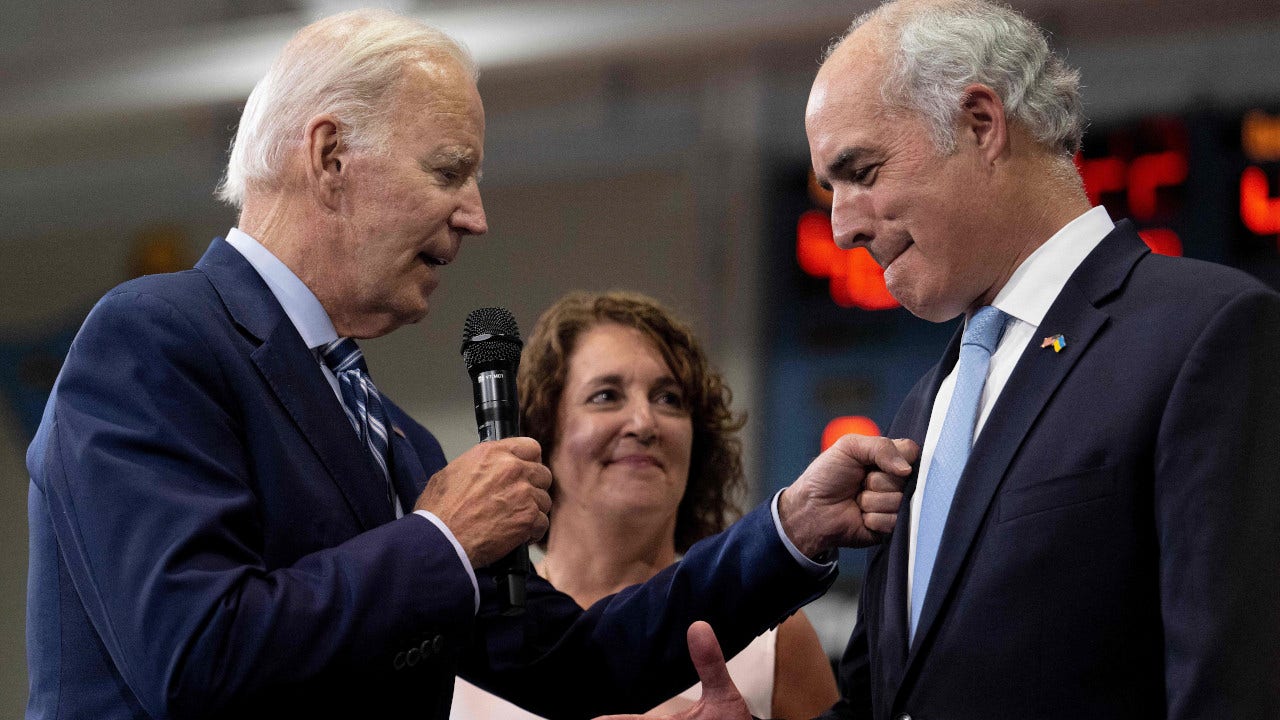Entertainment
L.A.’s underground celebrates the life of punk iconoclast John Albert

Once upon a time, the collected works of music journalists, film critics and other cultural correspondents appeared with regularity on the literary landscape.
We relied on their observations to make sense not only of the art we admired and the artists who created it but of the times we lived in and the places we felt at home.
Now? Not so much. The way culture is celebrated, disseminated and reported on has changed, probably forever.
So when a book like “Running With the Devil: Essays, Articles & Remembrances” by John Albert appears on the horizon, it feels as anachronistic as a sailing vessel flying the skull and bones.
But John Albert was no ordinary writer.
When he died suddenly from a heart attack last year at the age of 58, he left behind a body of work scattered across the pages of books, anthologies, literary journals and alternative weeklies. His friend and editor, Joe Donnelly, hit on the idea to assemble these pieces in a collection.
“Almost as soon as John died,” Donnelly said, “I started thinking about the responsibility to preserve his writing legacy.”
Donnelly approached their mutual friend Iris Berry, co-founder of Punk Hostage Press, about the project. She didn’t need to be convinced.
“There always seemed to be a kind of magic surrounding John Albert,” Berry said. “A mystery and a charisma that I can’t explain. He definitely left us too soon.”
It’s only fitting, then, that “Running With the Devil” will receive a grand, old-school book launch at Wacko Soap Plant from 3 to 7 p.m. on Sunday, June 30.
Berry and Donnelly will be joined by a crew of underground all-stars that includes Jesse Albert, Jennifer Finch, Brett Gurewitz, Ben Harper, Keith Morris, Arty Nelson, Jerry Stahl, John Waldman and Justin Warfield.
Albert emerged from the exurbs of Los Angeles and embraced the city in all its guises. He was an early member of Christian Death and Bad Religion, two bands whose names suggest a spiritual affinity, or at least a consensus, but couldn’t be more stylistically dissimilar.
He wrote about discovering Black Flag and embracing punk rock with pulp panache: “I have cut my hair short and can’t stop smashing windows.”
“In the Black Flag piece,” Berry said, “I love how he writes about the transition into punk rock in great detail. It affected everyone around him, especially his parents and friends. Throughout history, parents have always been horrified by their kids’ choices, but the punk movement was one of the toughest and John articulated it so well.”
Albert was so much more than a former musician and occasional music writer. As a recovering addict, he found salvation in sport: first and most famously through baseball, which he wrote about in “The Wrecking Crew: The Really Bad News Griffith Park Pirates.”
Writing about a team of recovering addicts, washed-up rockers and miscellaneous oddballs, he captured something magical about L.A.
“He made sense of Los Angeles in a sort of Didion-esque and Eve Babitz way,” Donnelly said. “His best subjects were his friends and the people in his circle, and he had a unique window into Los Angeles during that time and place.”
As Albert’s interests and experiences expanded, so did his writing: He wrote about surfing, living with Hepatitis C, the Red Hot Chili Peppers. As Keith Morris, founding vocalist for Black Flag and the Circle Jerks, puts it: “John was a stud prince rawker and had a great knowledge of all sorts of happening stuff.”
Albert had a knack for writing about things that had been overlooked or pushed to the margins, and by training his lens on them helped make them culturally significant again. In a city that runs on hype, Albert was more interested in those who’d opted out, been left behind or were kicked to the curb by the dream factory.

John Albert.
(Susan Tyler)
“He was a throwback,” Donnelly said, “a punk-rock George Plimpton. He was in the mix of life and wrote from the perspective of lived experience, and not just helicoptering into an anthropological survey of something. He actually knew of what he spoke.”
Although he wasn’t a sentimental writer, Albert wrote with great humor. His sarcasm could be devastating, but he saved it for those in his inner circle, the people he loved most.
“John was such a talented writer,” said Berry. “He remembered so much. The feelings, the details of the feelings, and the places. He slides from comedy to tragedy and back to comedy with such grace. He was a true storyteller.”
One of the many tragedies of Albert’s untimely passing is that we have been deprived a book about fatherhood in 21st century L.A. Albert loved his son, Ravi, and all the proceeds from the collection will go to him.
“Getting to publish his book, ‘Running With the Devil,’ is bittersweet for me,” Berry said. “I’m honored to get to publish him, grateful to Joe Donnelly for bringing it to me and for editing it. I just wish it was under different circumstances. But knowing that it’s for his son, Ravi, is everything. As my mom would say, ‘It’s definitely a mitzvah.’”
Join Iris Berry, Joe Donnelly and friends at Wacko Soap Plant, 4633 Hollywood Blvd., on Sunday, June 30, from 3 to 7 p.m.
Jim Ruland is the author of the novel “Make It Stop” and “Corporate Rock Sucks: The Rise & Fall of SST Records.”

Movie Reviews
Movie Review: ‘A Quiet Place: Day One’ | Recent News

“A Quiet Place: Day One” made a grave miscalculation with its advertising. Scenes were filmed with the intention of putting them in the trailers, but not the movie. This way, when people saw the movie, they wouldn’t be able to properly anticipate the surprises and story progression. To that end, the advertising succeeded, I was indeed thrown off while watching the movie. But here’s where they didn’t succeed: the scenes shot just for the trailers were terrible, with clumsy dialogue and careless pacing. I was so mad at Hollywood for continuing this series without the creative vision of director John Krasinski, especially when the movie looked like garbage without his input. I only saw this movie out of obligation for the column, and I wouldn’t be surprised if fans of the series stayed away entirely because of those awful trailers. But it turns out that not only is this movie better than the trailers, it’s better than the two installments that Krasinski directed.
“Day One” casts aside the familiar Abbott family in favor of new protagonist Sam (Lupita Nyong’o). Sam is a cancer patient taking a trip from her hospice to Manhattan along with her nurse Reuben (Alex Wolff) and service cat Frodo. Sam only agrees to the trip on the condition that the group stop for pizza at her favorite place in Harlem. The sudden invasion of echolocating aliens means a delay in pizza. Honestly, Sam is only interested in self-preservation to the end that it means eventual pizza.
Sam shelters in place for a bit with Reuben, who has a great scene where he stares down an alien like he’s staring down death itself. Also in the shelter is familiar character Henri (Djimon Hounsou) from “Part II” of the series, here forced to make an unthinkable decision. She moves on to helping some children in Central Park before finding a companion in anxious wreck Eric (Joseph Quinn). Can the two survive in alien-infested New York long enough to get a slice of pizza? If so, what happens after that?
“Day One” has the most suspense yet for a “Quiet Place” movie. It was scary enough that characters had to keep quiet to save their lives on a family farm or in small town. But in New York, the noises are as big as the pizzas. Speaking of food, I wonder if the characters’ best bet for survival would be to let the aliens fill up on noisy people and then hope they’re too stuffed to give chase. Maybe that’s why the film’s biggest flaw is that the main characters get away with making as much noise as they do.
The film does an excellent job of wringing scares out of not only the slightest sounds, but loud-looking images. Even with everybody promising to be quiet, a crowd of people is going to make noise eventually, that’s just how crowds are. So if the characters find themselves as part of a crowd, the clock is already ticking. And that’s with a reasonable amount of effort being made. Some people just aren’t cut out for quiet, and associating with those people in this environment could prove fatal.
“A Quiet Place: Day One” had me afraid to breathe loudly in the theater, a testament to the film’s immersiveness. And yet, the suspenseful atmosphere is only the second-best thing about the movie. The real star here is, well, the star: Lupita Nyong’o. This movie doesn’t have returning players John Krasinski, Emily Blunt, or even recent Oscar-winner Cillian Murphy, and Nyong’o makes up for all of them. One way or another, Sam doesn’t have much time left on this Earth, but you’ll want to be there for every moment. It took until nearly the exact halfway point of the year, but I think we have our first serious contender for an acting Oscar. Not bad for a movie whose advertising had me thinking it would be one of the worst films of the year.
Grade: B
“A Quiet Place: Day One” is rated PG-13 for terror and violent content/bloody images. Its running time is 100 minutes.
Robert R. Garver is a graduate of the Cinema Studies program at New York University. His weekly movie reviews have been published since 2006.
Entertainment
What's in the new IATSE deal? Wage increases, AI rules and more

The crew members union IATSE released a summary over the weekend of its new tentative agreement with the top Hollywood studios, including terms related to pay, pension and health benefits, working conditions, streaming residuals and artificial intelligence.
The International Alliance of Theatrical Stage Employees and the Alliance of Motion Picture and Television Producers arrived at a resolution Tuesday on the Hollywood Basic Agreement, which spans three years and covers some 50,000 craftspeople primarily based in the Los Angeles area.
In a memo to members, the union said it would release an abridged version of the deal, followed by a full copy of the document that workers can review before participating in a contract ratification vote.
Here’s a summary of the seven-page summary (which can be viewed here in its entirety).
Pay
The deal contains wage increases of 7%, 4% and 3.5% spaced out over the three-year term.
It also stipulates that hourly workers are entitled to triple pay whenever a workday exceeds 15 hours and that on-call employees qualify for double pay on the seventh consecutive workday.
Both of these overtime provisions are part of an effort by the union to discourage employers from requiring crew members to spend an excessive number of hours on set. Below-the-line workers have long complained about marathon shooting schedules sometimes exceeding 12, 14 or even 20 hours in a single day.
This issue received extra attention following the death of studio grip Rico Priem, who suffered cardiac dysfunction while driving home at 4:30 a.m. on a Saturday after working back-to-back,14-hour overnight shifts. When Priem died, IATSE and the AMPTP paused their negotiations, and the union put out a statement declaring its “renewed commitment” to improving crew members’ working conditions.
In the same vein, employers would be required to pay double time when rest and/or meal periods are skipped.
Other gains in this area include a travel allowance for those required to work outside a certain radius and a bump in severance pay.
Artificial intelligence
The deal mandates that “no employee is required to provide AI prompts in any manner that would result in the displacement of any covered employee,” according to a memo issued Tuesday by the union.
Establishing AI regulations has become a top priority for the entertainment unions in recent years as anxiety about the technology encroaching on creatives’ jobs has intensified.
Any time employers plan to implement AI behind the scenes, they would be required to negotiate with the union how the technology might affect crew members working on the production — with “very limited exceptions.”
Crew members who voluntarily use their own AI programs as a tool in their work (employer permitting) would be entitled to a negotiable “kit rental fee” for their technological contributions to a project.
Once the contract is ratified, a committee would be formed to create AI training programs educating craftspeople on how to use the technology.
The agreement also states that employers must obtain consent from individual crew members before scanning them for AI purposes. Notably, consent forms must include language clarifying that “signing is not a condition of employment” — an added layer of protection that was controversially absent from the actors’ new contract with the AMPTP.
As technology evolves, the union would have the option to request quarterly and biannual meetings with entertainment companies to revisit AI guidelines throughout the course of the contract.
Pension and health benefits
The union was able to secure more than $700 million for its pension and health plans, funded in part by payments from employers, travel-only days and an updated streaming residual system.
The deal further ensures that covered workers will have uninterrupted access to health and pension services for the remainder of the plan year. Additionally, those who recorded at least 65 hours of work last year will receive a year’s worth of credit toward their pension plan to “account for the reduction in employment in 2023.”
Looking forward to the future, the deal states that crew members’ contingent pension benefit will increase to 15% from 10% at the start of 2027. At the same time and rate, a bonus contribution will be made retroactively to cover the period from 2024 to 2027.
As for the health plan, studios are required under the new deal to contribute an added amount of at least $1.09 for each hour worked or guaranteed in the first year of the agreement. Extra payments apply to companies that meet certain qualifications in the second and third years of the term.
The deal also recommends that trustees of the Motion Picture Industry launch a 401(k) plan funded by voluntary contributions from workers.
While the new contract is in effect, healthcare coverage costs, benefits and prescription drug co-payments will remain fixed for members and their dependents.
Streaming residuals
A variety of new streaming residuals have been created as part of the contract to help fund the union’s pension and health plans.
Collectively, the residuals cover programs that play on streaming services, TV and basic cable.
Bonus pension residuals will also be distributed depending on how well shows perform on their respective streaming platforms.
Working conditions
As part of the effort to prevent accidents involving crew members driving home late, call sheets would now include contact information for the person coordinating rides and rooms for workers.
Producers would also be required to purchase up front and reserve temporary lodging for employees for the entirety of their post-work rest period or until they are needed back on set. Additionally, producers would be responsible for providing rides, as well as secure parking for the entirety of an employee’s overnight stay.
The summary does not specify under what conditions — such as consecutive hours worked or distance traveled — the accommodations would apply.
Time off
For the first time in IATSE’s history, the tentative deal recognizes Juneteenth as a holiday, and employees will not be required to work on June 19 starting in 2025.
To account for lost employment opportunities in 2023, only 40 days of work during that period would be needed to qualify for a year’s worth of vacation-time accrual, instead of the standard 100 days.
The contract would also increase the maximum amount of accrued sick days to 10 from six.
Movie Reviews
Movie review: 'Despicable Me 4' fun for kids, nightmare for adults

-

 News1 week ago
News1 week agoA Florida family is suing NASA after a piece of space debris crashed through their home
-

 World1 week ago
World1 week agoIsrael accepts bilateral meeting with EU, but with conditions
-

 World1 week ago
World1 week agoIsrael will be the ‘ultimate loser’ in war with Hezbollah, Iran says
-

 World1 week ago
World1 week agoNew Caledonia independence activists sent to France for detention
-

 News1 week ago
News1 week agoArkansas police confirm 4th victim died in grocery store shooting
-

 Politics1 week ago
Politics1 week agoDeSantis signs bill allowing residents to kill bears, vetoes bill that fines slow left lane drivers
-

 World1 week ago
World1 week agoNetanyahu says war will continue even if ceasefire deal agreed with Hamas
-

 Politics1 week ago
Politics1 week agoTexas Lt. Gov. Dan Patrick pledges to pass Ten Commandments bill after Louisiana passes similar law















